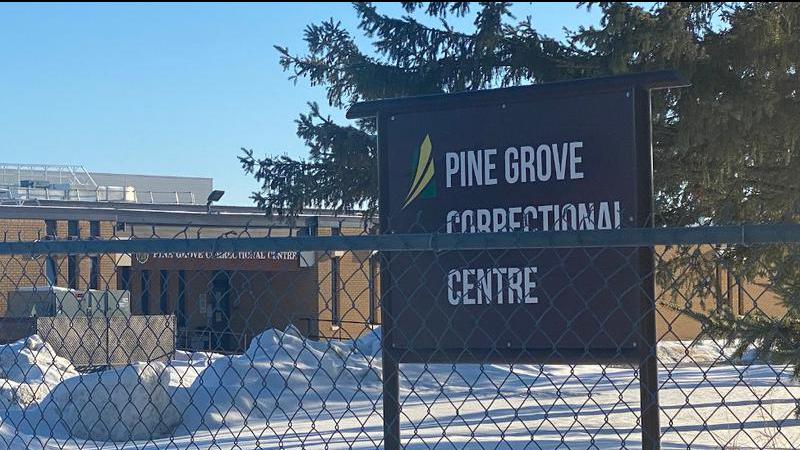
Ministry to review circumstances of young woman’s freezing death
The Ministry in charge of Corrections and Policing is now officially confirming the death of a woman in Saskatoon last month, just days after her release from the Pine Grove Correctional, will be the subject of a formal review.
In addition, both the Saskatoon Police Service and the Coroner’s Service, will conduct their own independent investigations.
Kimberly Squirrel, 34, was found frozen to death on Jan. 23. paNOW attempted to contact the family for comment but were unsuccessful. They did however tell the CBC, Squirrel was not properly dressed for the weather, and said, had they been notified about her release, could have provided with her a safe ride and a warm shelter. The temperature outside at the time was -33 C, not including the windchill.
In a statement provided to paNOW, Christine Tell, Minister of Corrections, Policing and Public Safety, said she was deeply saddened to hear of the death of Kimberly Squirrel.


